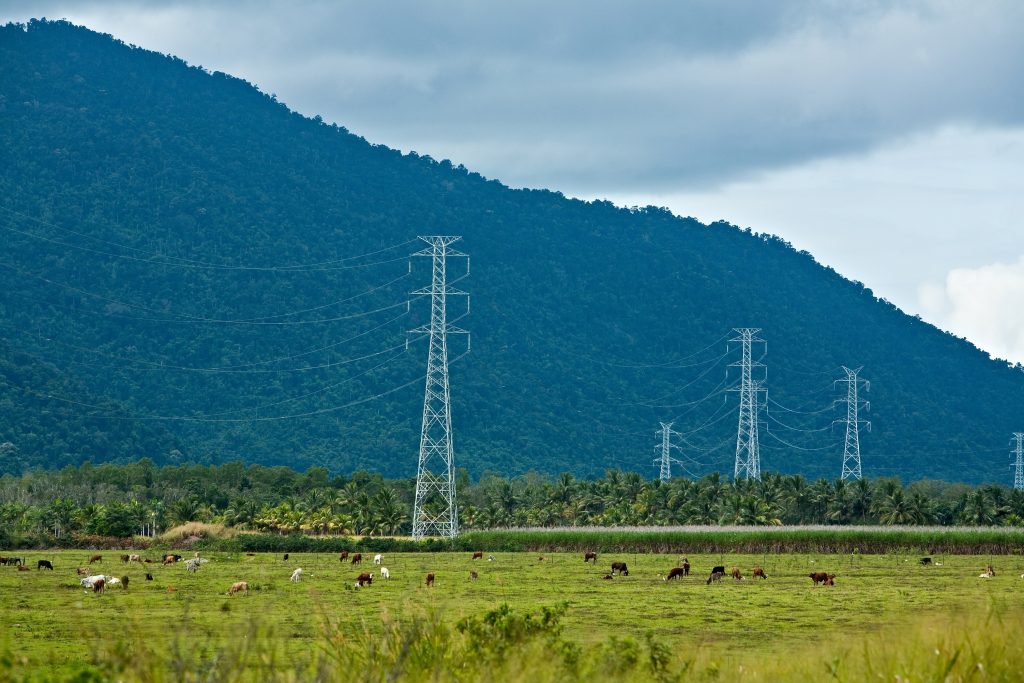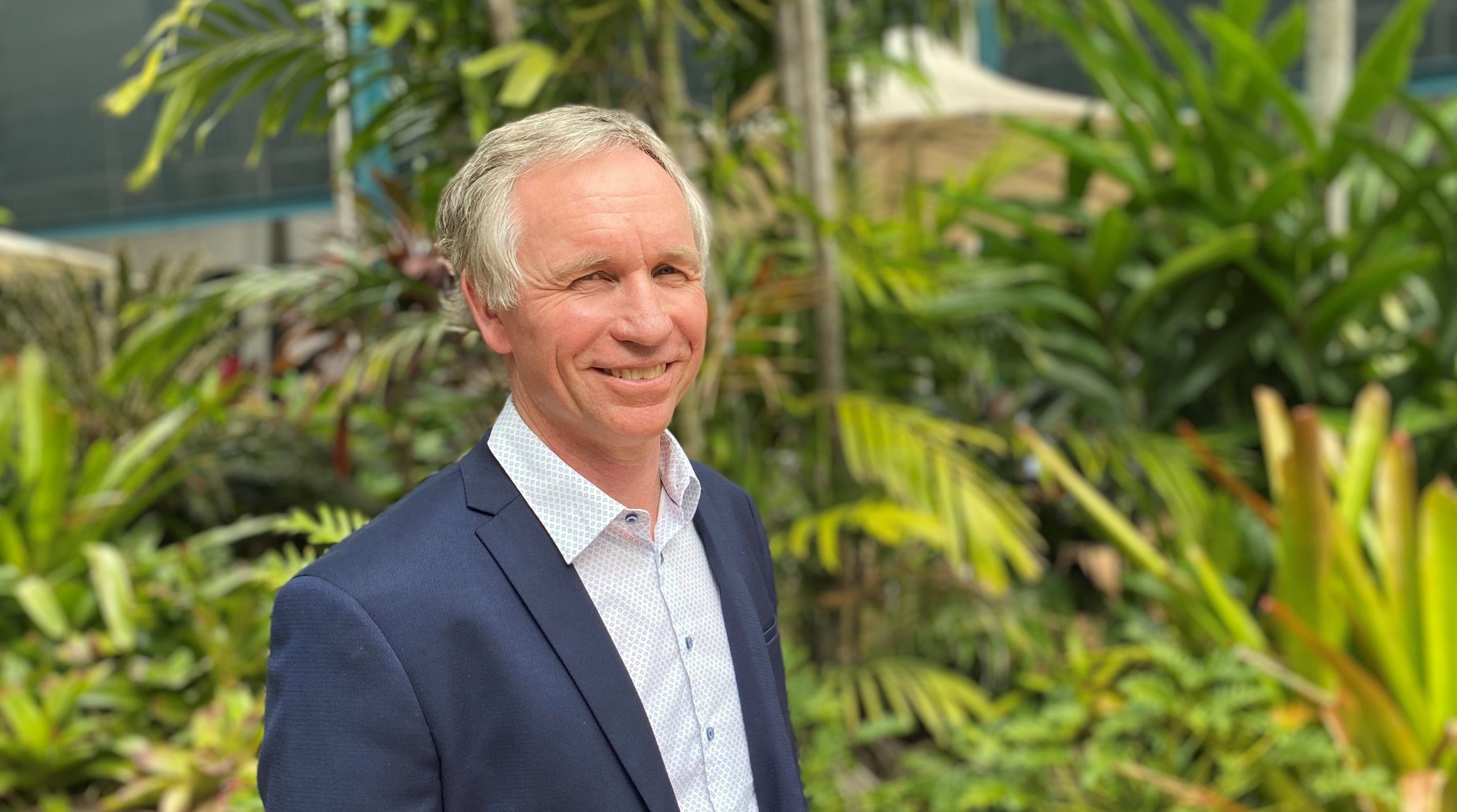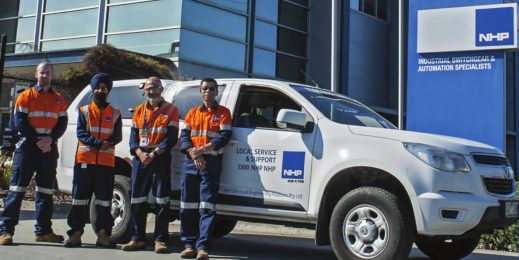
Powerlink sparks major modernisation with transition to cloud
Powerlink is a leading Australian provider of high voltage electricity transmission services that ultimately power 5 million Queenslanders.
It also operates in a sector undergoing a deep reformation. Australia is experiencing the fastest energy market transformation in the world, with the shift to renewable energy sources, such as commercial grade wind and solar farms and pumped hydro energy storage.
As a critical player in the energy sector, Powerlink needs to ensure that it can keep pace with the transformation underway, and has the digital platforms that will allow it to respond rapidly, scale at will, and provide instant insight to support faster, better decisions.
Darryl Rowell, Powerlink’s CFO stated “Powerlink closely partnered with Microsoft to make this transition in order to set us up to meet the challenges of the energy transformation.”
Mark Pozdena, general manager of business IT makes it clear; “That is basically what the IT digital transformation journey of Powerlink is about. It is about supporting our business as it transitions to the new world of being the transmission provider in a renewable future.”

One of the foundation pieces of that transformation is a refresh of the organisation’s ERP which was implemented in 1999. The intervening decades have seen the ERP connect to multiple different systems creating what Pozdena describes as a “spaghetti monster”. The first task Powerlink undertook was an audit of the ERP and the business processes that it supported – essentially unravelling the spaghetti to get a clear picture of what would be required to support both current and future needs.
As it prepared to migrate off on-premise servers and into the Azure cloud Powerlink has also seized the opportunity for business process reform and modernisation, particularly in accounting, finance and procurement practices. This has included cost allocation methodology optimization, closer alignment of financial and physical assets, and procurement and contract process modernization. These have become increasingly important in the growing area of connecting new commercial-grade renewable supply connections while maintaining the existing core transmission network.
While staying with SAP, Powerlink has begun the first leg of the journey to SAP S/4 with the migration from Oracle to HANA and the re-platforming of the on-premise environment into Azure. Powerlink selected Acclimation as its partner for this first leg of the program. Acclimation has experience with these sorts of major transformations, having supported retail giant Coles with a similar program of work that brought SAP S/4 HANA up on Azure for the retailer within five months. It made sense to leverage that experience says Pozdena, and also to encourage knowledge transfer.
While the ERP modernisation is a foundation element of Powerlink’s digital transformation, it is also seeking to update and consolidate its data estate. At present it operates about five separate data warehouse and business intelligence systems but is now looking to consolidate the data collection, transition it to Azure, and develop a robust data governance framework.
That, says Pozdena, will position Powerlink to harness the capabilities and use the new Azure services on top of the existing investments Powerlink has in place. In particular utilizing the new platform services to improve Powerlink’s asset management practices, modernise business processes, and provide flexible and responsive IT services while continuing to mature security frameworks.
That elevated security is essential says Pozdena as he believes energy companies are increasingly seen as targets for cyber-attack – baking security into the technology ecosystem is critical, he says.
Knowledge growth and transfer
The knowledge transfer from Acclimation to Powerlink is vitally important according to Pozdena. But he hasn’t stopped there. Pozdena says, “In order to really get the benefits of Azure we need our own people to have the skills to leverage all the new technologies.
Investing in our Powerlink people is the only way we will really get cutting edge cloud capabilities. We recognise that it’s the combination of skills and technology that will deliver the tech intensity Powerlink will need to thrive in a fast-moving energy sector.
Simon Hendry, manager program and project delivery, stresses that it is important that any organisation undertaking a similar program of work does not underestimate the technical training and planning involved.

He says; “We have very capable people across Powerlink, but we knew with a task this big we needed to partner with an organization that was both proven at the task at hand and willing to share their expert knowledge.” At Powerlink the Acclimation team has played a critical role in augmenting our teams and adding experience to the mix, encouraging knowledge transfer.
The technology team in particular has embraced the move to cloud says Luke Keddie, program manager SAP Transform at Powerlink.
“Given the scale of what we are trying to achieve we have had to run up a number of new production-like environments for testing and sandpits. That wouldn’t have been possible on our old on-premise infrastructure as it wouldn’t have made any sense from an investment perspective.
“We’ve been able to, within two days, identify a need for another SAP environment and have it stood up and available for our teams to start working in it.” That simply was not possible in the past on-premise world he says.
“That’s kind of game changing for us. In terms of cost as well, we can turn that off in two weeks if we don’t need them anymore.” Hendry adds;
The scalability, responsiveness and economy that the cloud delivers is encouraging innovation. We can now very rapidly spin up environments to test new ideas and respond rapidly to changing business needs.
“Our business customers can now come to us and say ‘we want to try an idea. Let’s run up something and see if it works.’ And we can absolutely meet that need. There are massive identifiable benefits in that. And if it fails, it failed quickly and at very small cost. There is huge value in that capability and it adds an exciting new dimension to the services IT can offer the business.
With the SAP modernisation and Azure transformation now well advanced, Powerlink is exploring additional opportunities for reform.
It’s working across its field delivery, design and infrastructure teams to optimise the way they work. From resource scheduling and field service optimisation to digital engineering and 3D models that virtually represent physical environments.
Because with the cloud the sky’s the limit.








